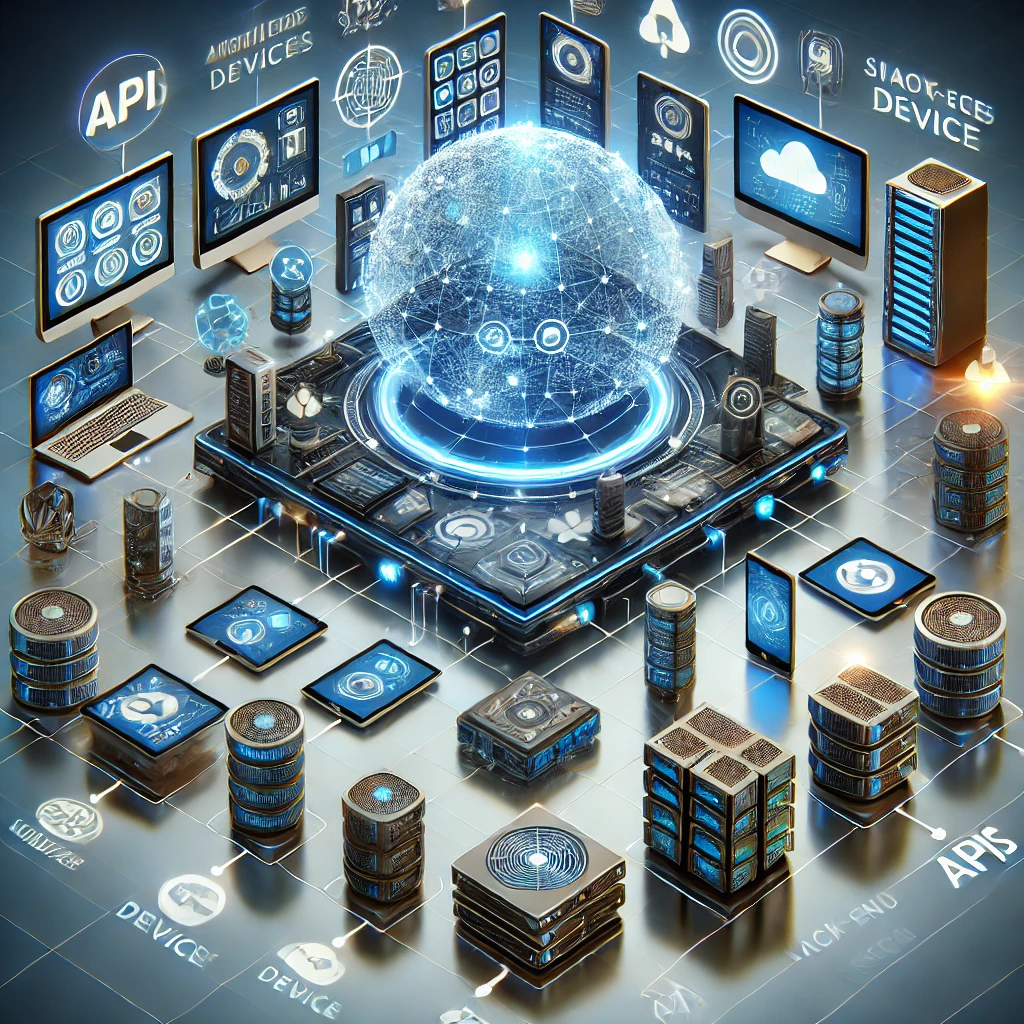Headless technology is gaining attention as businesses and developers seek more flexible and efficient ways to manage digital experiences. This innovative approach allows for faster development, better scalability, and enhanced user experiences, making it a popular choice for e-commerce, content management, and other digital platforms. In this article, we’ll explore headless technology, how it works, and why it’s becoming an essential tool for modern businesses.
Table of Contents
What is Headless Technology?
Headless technology refers to a system architecture where the front-end (user interface) is decoupled from the back-end (content management or functionality). In a traditional system, the front-end and back-end are closely linked, making it difficult to modify one without affecting the other. With headless technology, the two are separated, allowing developers to work on them independently.
This decoupling provides businesses with more flexibility. The back-end manages the content, data, and core functionalities, while the front-end can be designed and optimized for various platforms, such as mobile apps, websites, or smart devices.
How Does Headless Technology Work?
In a headless architecture, the back-end system acts as a content repository or API, providing data and content to any front-end system via API calls. The front-end, which could be a website, mobile app, or even a smart device, receives the data and presents it to users in the desired format.
This separation means businesses can use a single back-end system to deliver content across multiple platforms. It allows for faster and more seamless updates since the front-end can be modified without changing the back-end structure.
Key Benefits of Headless Technology
1. Flexibility and Customization With headless technology, businesses have complete control over the front-end experience. They can create custom designs and functionalities tailored to each platform without being restricted by the limitations of a traditional back-end system.
2. Omnichannel Experiences Headless systems enable businesses to deliver content across multiple channels effortlessly. Whether it’s a website, mobile app, or even a voice-activated device, the same back-end system can serve content to all platforms, providing a consistent user experience.
3. Faster Development and Time-to-Market Since the front-end and back-end are decoupled, developers can work on each independently. This speeds up the development process, allowing businesses to bring new features and updates to market faster.
4. Improved Scalability Headless technology allows businesses to scale more easily. As new platforms emerge, they can be integrated into the existing architecture without overhauling the entire system. This scalability is essential for businesses that need to adapt quickly to changing market demands.
Use Cases of Headless Technology
E-commerce Platforms Headless technology is particularly popular in e-commerce. It allows businesses to create unique and engaging front-end experiences while ensuring that the back-end system manages inventory, orders, and customer data efficiently. This flexibility is crucial for companies looking to provide personalized shopping experiences across multiple devices.
Content Management Systems (CMS) Many modern content management systems (CMS) are adopting headless architecture. This allows content to be created once and distributed across various platforms, such as websites, apps, and digital signage, without having to redesign or reformat for each channel.
Smart Devices and IoT As the Internet of Things (IoT) grows, headless technology becomes increasingly important. It allows businesses to deliver content and functionality to smart devices, such as voice assistants, wearables, and connected home devices, ensuring a seamless experience across all platforms.
Challenges of Headless Technology
While headless technology offers many benefits, it also comes with some challenges. One of the main challenges is that businesses need to invest in developing the front-end systems. Since headless systems only provide the back-end functionality, companies need to build and maintain the front-end interface, which can require more resources and expertise.
Additionally, integrating a headless system with multiple front-end platforms can become complex, especially as more devices and channels are added to the ecosystem.
Conclusion
Headless technology is revolutionizing the way businesses approach digital solutions. By decoupling the front-end from the back-end, companies can create more flexible, scalable, and efficient systems. While there are some challenges, the benefits of faster development, improved scalability, and better omnichannel experiences make headless technology a valuable tool for businesses looking to stay competitive in the digital age.
